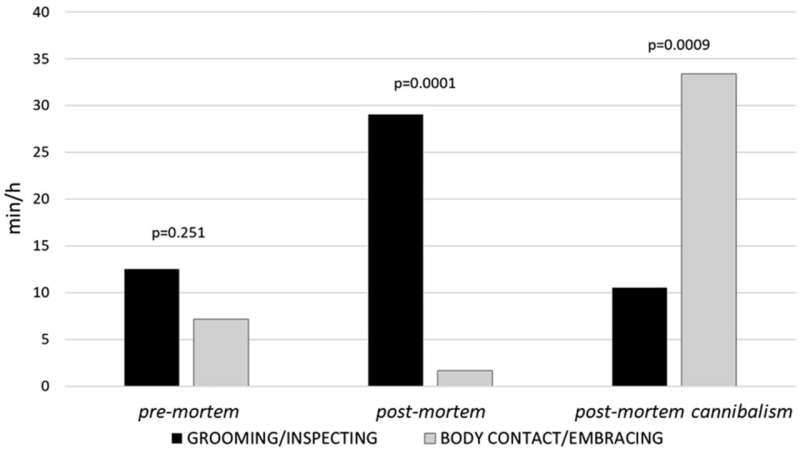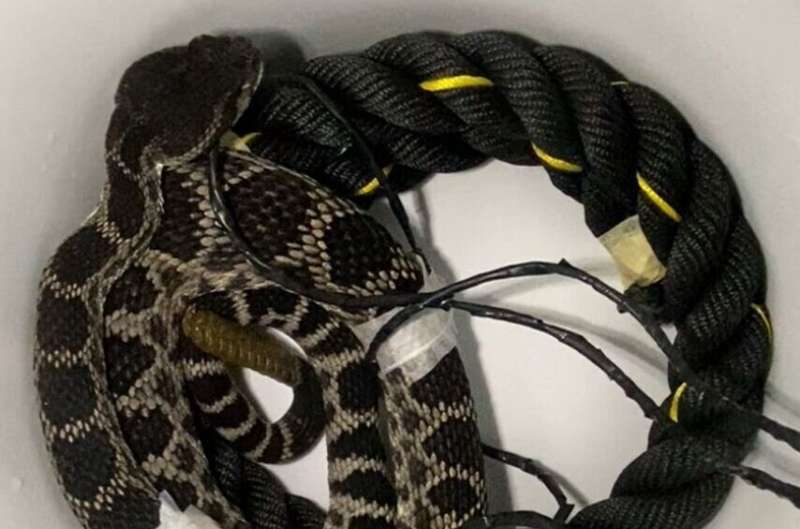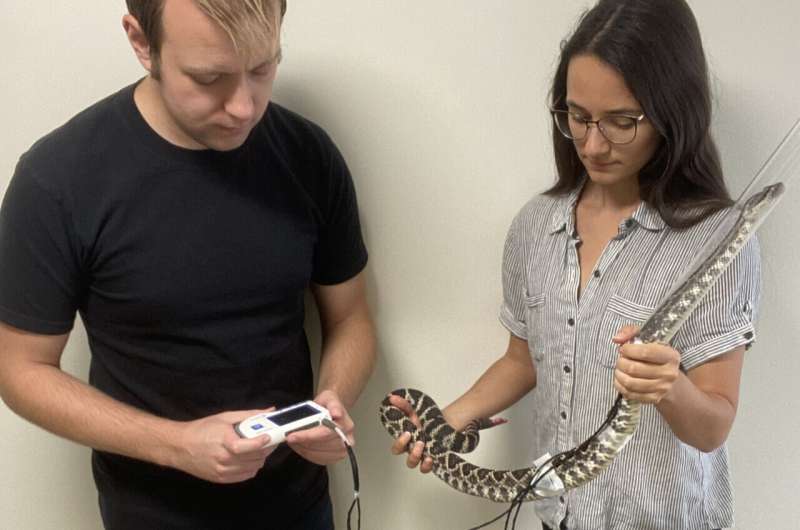Richard Partington
Sun, 2 July 2023

Photograph: Nathan Stirk/Getty Images
For more than a year Britain has been trapped with the highest inflation rate in four decades. Rather than making serious inroads to shift this uncomfortable fact, the past month’s economic developments have turned the country to panic.
The view in the City is the Bank of England has lost control. After a parade of bad news, leaving it backed into a corner, the central bank’s latest rate increase was as much a plea to financial markets to be taken seriously again as it was an inflation-busting tactic.
Over in Westminster, the government has invited half of corporate Britain for tea, biscuits, and crunch talks on Downing Street in an effort to appear “100% on it”, as Rishi Sunak’s once surefire bet to halve inflation this year risks lying in tatters.
Related: If there’s such a thing as an inflation quota, has Britain already exceeded it? | Phillip Inman
Both camps have seen their credibility shattered in the past month, as financial markets bet that a recession is the price Britain must pay to tame the inflation beast stalking the nation. But while there are clear and obvious problems with soaraway prices, this is a trade-off the country mustn’t embrace lightly.
Across the economy the fallout from 13 consecutive interest rate rises in less than two years grows clearer by the day. Millions of mortgage holders are facing a surge in their borrowing costs, adding to the strain on household finances. Next come the nation’s water utilities, drowning in debt after years of reckless borrowing, plunging Thames Water into crisis. With interest rates expected to hit 6% by Christmas, this trickle of bad news could rapidly become a flood.
In the inflation hysteria of the past fortnight, concerns over the impact of rising interest rates were given a back seat as the government and central bank scrambled to restate their authority. Yet there is a growing danger: lacking credibility, might the reaction for monetary policy – what the Bank does – and fiscal policy – what the Treasury does – be to oversteer?
The big concern is that, despite the lessons of the 2008 financial crisis, austerity economics is back with a bang in the name of fighting inflation. It would be a cure far worse than the disease.
More economists are sounding the alarm over this risk.
Andy Haldane, the former Bank of England chief economist, had been held up by monetary policy hawks as an important Cassandra of the current mess. But although he went against the grain to call for higher rates in early 2021, he now advocates a pause.
There are good reasons for caution. Most of the impact from previous interest rate increases has yet to be felt, largely because of the nature of Britain’s mortgage market. With most people buying at least a two-year fixed rate mortgage, there is a lengthy delay, typically of about 18 months, before monetary policy bites.
Nowhere is this more clearly seen than in Britain’s ticking mortgage timebomb – where 2.5 million mortgage holders will reach the end of cheap fixed-rate deals before the end of next year. A typical borrower will be hit with a £2,900 annual rise in their repayments, according to the Resolution Foundation, sucking a total £15.8bn of spending power out of the economy by 2026.
While inflation has remained higher than anticipated in recent months, it has not been by a significant margin. Rather than a fall to 8.4% in May, inflation stuck at 8.7% was of course a worrying signal of inflation persistence. But there are dangers in setting too much store in short-term developments, if the long-term path back towards the Bank’s target level of 2% remains intact.
One reason UK inflation has proven stubbornly high should fade this week. Millions of households will see a modest fall in their gas and electricity bills from July after the reduction in the Ofgem energy price cap to £2,074 a year for a typical household – down from the £2,500-a-year level set by the government’s energy price guarantee.
Although still eye-wateringly high, the consultancy Capital Economics expects the development to subtract about one percentage point from overall CPI inflation in July. It expects a sharp fall in the headline rate to 6.7% for the month.
Inflation in food and drink should fade, too, from the highest levels since 1977, as declines in global agricultural commodity prices feed through to the supermarket shelves. Elsewhere, producer price inflation – measuring factory gate prices – is now below 3%, helped by falling wholesale energy prices. This should, in time, feed through to consumer prices.
Most economic forecasters expect inflation will fall back closer to 4-5% by the end of this year, before dropping near 2% by the end of 2024. That is still consistently higher than the Bank’s 2% target rate but there is more danger in rushing to hit that target over the short-term than taking a more flexible approach.
The focus should be on bolstering the productive capacity of the economy, not dismantling it
To be sure there are factors pushing in the opposite direction, particularly in the labour market, where Brexit and underinvestment in healthcare, skills and training are adding to the inflationary impetus. With near-record job vacancies unfilled, companies are putting up wages.
However, a breakdown on the supply side of the economy is a fairly poor excuse for tighter fiscal and monetary policy to crush demand.
The Bank has freely acknowledged in the past it is powerless to address these problems. For the government, there can be no good to come from further restraint in public sector pay, when the NHS and other public services are already at breaking point. In the face of persistent inflationary pressures, the focus should be on bolstering the productive capacity of the economy, not dismantling it.
Instead of panic over short-term inflation risks, there is a need for cool heads to prevail. A scorched-earth approach to tackling inflation would be too heavy a price to pay.







